Hello,
Cable Laid, Energized but No-Load Condition. How could the Armour even get damaged in such condition? Looks like some sparking took place? But how does spark take place in cable brackets in No-Load Condition (Just Energized). Induced Voltages will be only due to No-Load Current which shouldn't be that high.
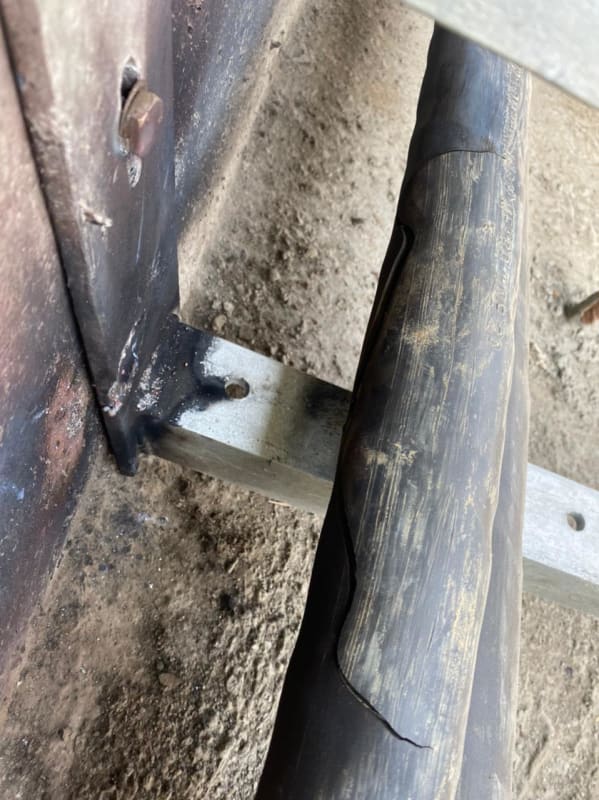
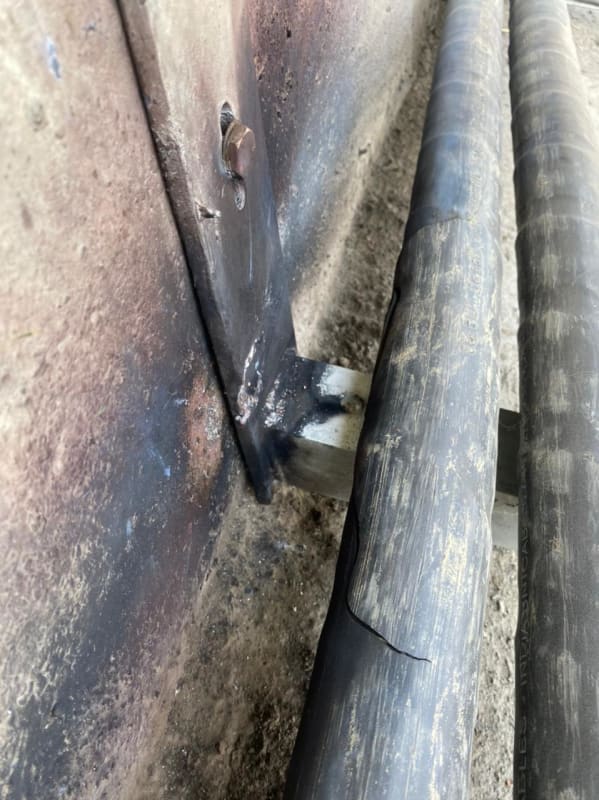
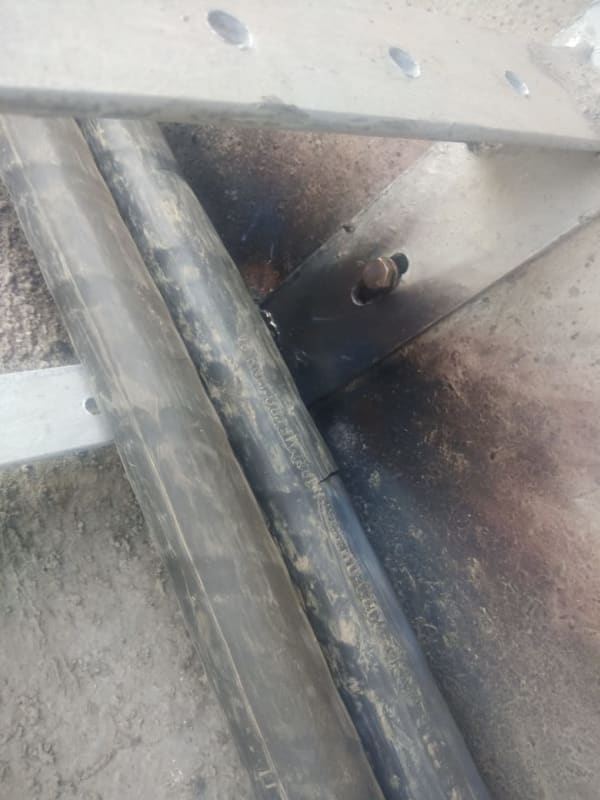
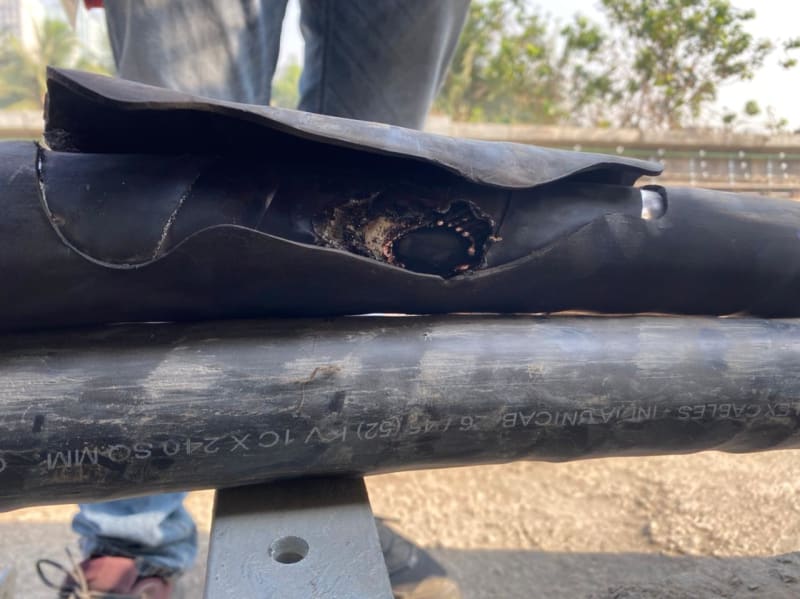
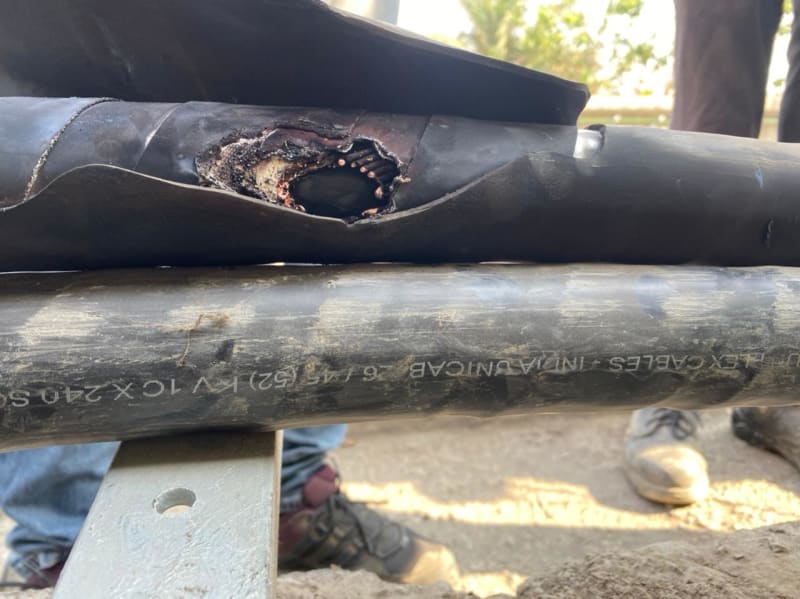
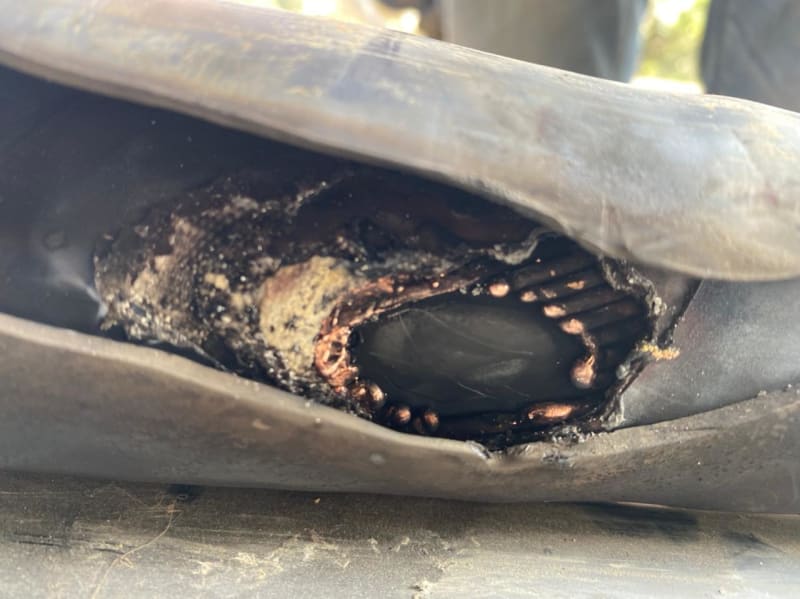
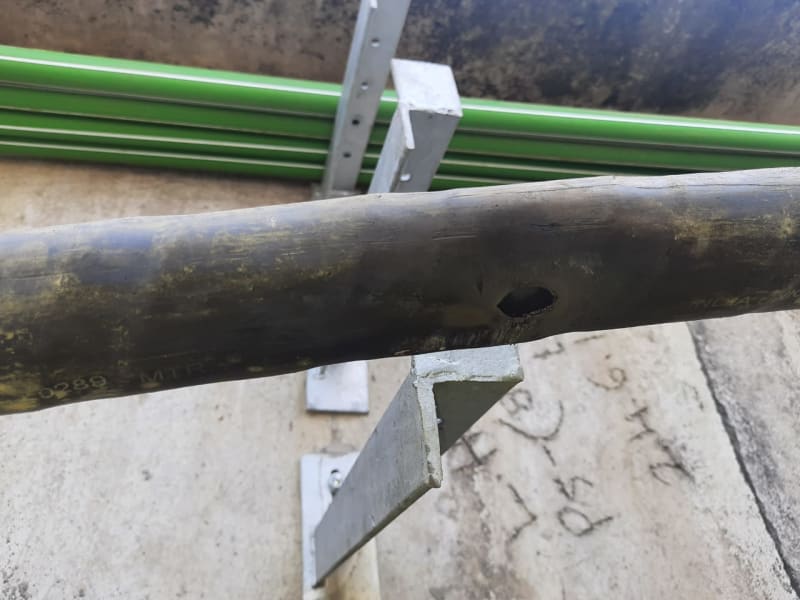
Share your opinions
Thanks
Chris
Cable Laid, Energized but No-Load Condition. How could the Armour even get damaged in such condition? Looks like some sparking took place? But how does spark take place in cable brackets in No-Load Condition (Just Energized). Induced Voltages will be only due to No-Load Current which shouldn't be that high.







Share your opinions
Thanks
Chris
